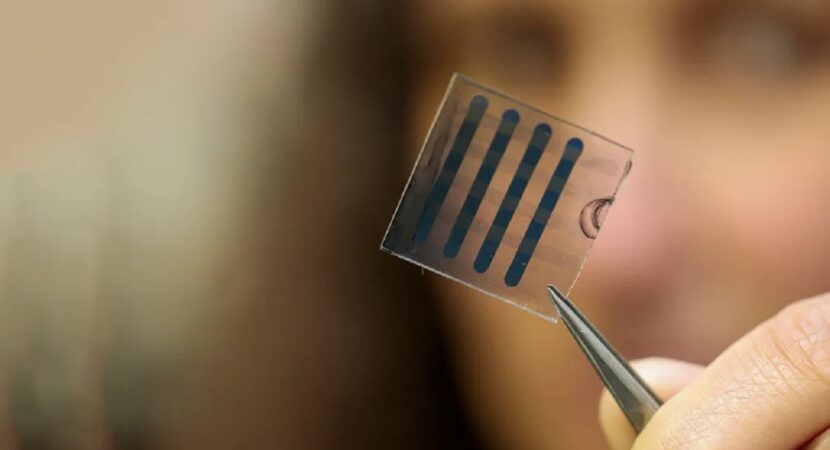
Researcher Marina Sparvoli has developed a computer memory that could revolutionize the technology market. The new discovery uses graphene and offers several benefits.
A researcher from University of São Paulo (USP) developed an innovative technique for the production of memristors, essential electronic components for neuroformic computing, which mimics the brain, and for computers that do not lose data in the absence of energy. Marina Sparvoli and his colleagues at USP developed a mechanism for computer memory based on memristors through materials never combined before with this objective, creating a Resistive memory (ReRAM) using graphene.
Researcher uses graphene in computer memory
The new memristor architecture consists of a layer of graphene deposited between indium tin oxynitride (ITON) contacts, wrapped in an aluminum cover.
The energy passes through the component generating an electromagnetic field, depending on the voltage, whether or not it forms a filament that acts in the phenomenon of resistive commutation, that is, the component changes between a behavior of low resistance to the passage of electric current and another one of high resistance. resistance.

Another advantage of computer memory with graphene is that the entire semiconductor sandwich is transparent, enabling its use in electronic architectures close to the surface of device screens, mitigating even more the occupied space, making miniaturization something simpler.
The material, known as (ITON), is a semiconductor still little known among researchers, being a variation of indium tin oxide, responsible for the operation of touch screens. A researcher at USP points out that the innovation is in using it with nitrogen.
Advantage of resistive memory with graphene
Although his theory first emerged in the 70s, by the Filipino Leon Ong Chua, resistive memories only began to be tested in 2008, with the practical confirmation of the operation of this fourth essential electronic component, the memristor.
The great benefit of this new technology by the USP researcher is that, unlike current electronic memories, the information contained in resistive memories do not disappear when the device is turned off. However, despite the intense research effort in the sector, there are still no computers with this type of technology.
When a regular computer is turned on, the operating system, which can be Windows, Linux or MAC OS, is copied from the permanent storage device, which is slower, to the RAM memory, which is much faster.
This process is time consuming, however, with the use of ReRAM memories, it can be dispensed with. Furthermore, memristors are tiny, only a few hundred atoms thick, and can act as biological neural connections. These are a kind of artificial neuron, with the ability to mimic synapses.
Understand how the new graphene computer memory works
This type of memory developed by the USP researcher operates with states of high and low resistance, which correspond to the binary code of machine language, 0 and 1. In ordinary computers, this writing is represented not by resistance, but by voltages (V ) low, high and off (0), or on (1).
The filaments of memristors whose resistance changes are on the scale of nanometers, promising an infinity of information saved in a tiny storage space.
According to a head of the USP laboratory, professor José Chubaci, this is a project on the frontier of world knowledge, which could be used in the international market in 10, 15 or 20 years. Marina was able to generate resistive memories using graphene with ITON, the indium tin oxide doped with nitrogen, expanding the space for research in the sector.
Source: Journal of USP













Air Force F-16 fighters…
True friend, what they shot down were…
Air Force F-16 fighters…
I would like to know what planet you live on…
Air Force F-16 fighters…
Well... It's flying scrap... Typical...
They discover the third largest deposit…
That’s why all foreigners and NGOs…
Air Force F-16 fighters…
Which genocide are you talking about? Than…
I learned to drive in a Gordini in…
It will sell a lot in taxis, it's Toyota
Good afternoon, I currently like the design…
I don't know how this average was created.…
Firstly, Indians already live in…
I am a logistics technologist, I would like to have…
Good afternoon, my name is Crystyan, I’m 21…
Are you going to buy scrap from China or…